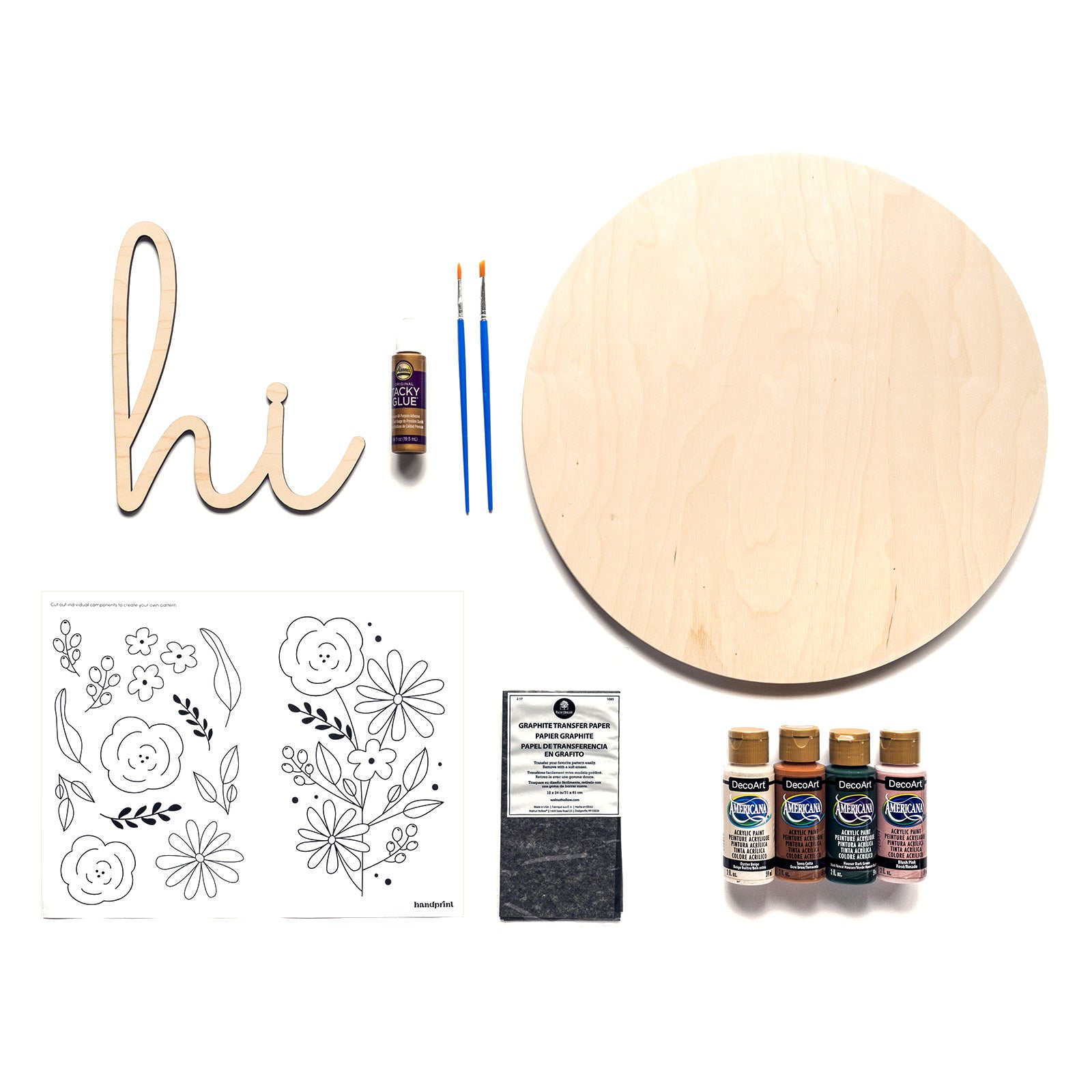Wood Burning Tips, Tricks, and Safety Measures
Wood burning, also known as pyrography, is a mesmerizing art form that allows you to turn ordinary wood into intricate works of beauty. Whether you're a seasoned pyrographer or just starting your journey, honing your skills with the right tips and tricks can elevate your creations. In this guide, we'll explore some essential techniques to enhance your wood burning experience, along with key safety measures to ensure a secure and enjoyable crafting environment.
1. Changing Points: A Pliers' Best Friend
Switching points on your wood burning tool is routine, but safety always comes first. Always use pliers when changing points to protect your fingers from potential burns. Ensure the tool is turned off and cooled before making any adjustments. The threaded points are designed to be screwed into the tool's end, ensuring a secure fit.
2. Tape it Down: Securing Your Stand for Stability
A stable workspace is crucial for precise wood burning. Use tape to secure the stand to your work table. This simple step prevents any unwanted movement during your creative process, providing a stable platform for your wood burning tool when it's not being used.
3. Unveiling Designs with Graphite Paper
Graphite transfer paper is a game-changer in the world of wood burning. This tool allows you to effortlessly transfer intricate designs onto your wood surface before you start burning. Simply place the graphite paper between your design and the wood, trace over the lines, and watch your vision come to life on the wood.
4. Burning Techniques: Play with Heat and Texture
Experimenting with burning techniques is a creative journey, but it's essential to protect yourself. Always wear a heat-resistant glove on the hand that holds the wood burning tool. This minimizes the risk of burns and allows you to have better control over your movements.
5. Painting Your Vision: Acrylics, Watercolors, and More
Once you've completed the wood burning process, you can bring your designs to life with vibrant colors. Acrylic paints work exceptionally well on wood, providing a wide range of hues and excellent coverage. Watercolors can create a more translucent effect, allowing the wood grain to show through for a unique touch. Experiment with different paint types to achieve the desired look for your specific project.
Safety Measures:
Ventilation is Key:
- We recommend burning in a well-ventilated room with a fan or a smoke extractor. Proper airflow helps dissipate any fumes created during the wood burning process.
Mask Up for Safety:
- Wearing a mask is advisable to decrease the smoke inhaled while burning. Protect your respiratory health by using a mask, especially during prolonged sessions or intricate designs that require extended use of the wood burning tool.
Glove Comfort:
- Feel free to use a glove when holding the tool if that is more comfortable for you. A well-fitted glove provides an additional layer of protection.
Conclusion: Craftsmanship with Safety at the Core
With these tips, tricks, and safety measures, you're not only on your way to mastering wood burning but doing so with safety as a top priority. Changing points safely, securing your stand, utilizing graphite paper, experimenting with burning techniques, and adding color are all key elements in creating intricate and captivating wood-burned designs. Remember, every burn tells a story, and with practice, your craftsmanship will shine through in each masterpiece. Happy burning! 🔥🌲✨

Leave a comment